DEVOA 25-26AW
— Designer Daisuke Nishida on the philosophy of “AESTHETICISM”
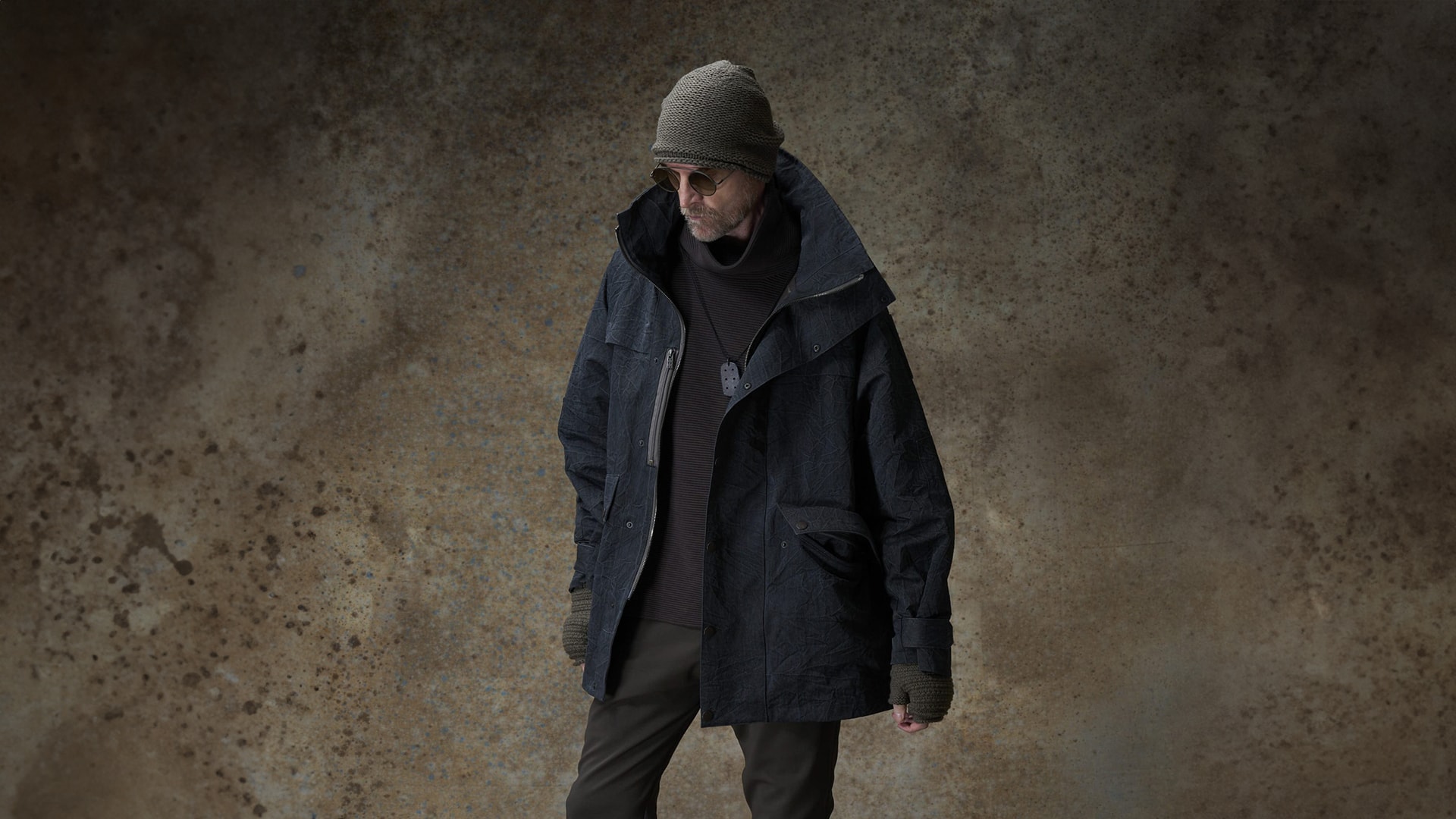
For the 25-26AW season, DEVOA elevated the brand’s aesthetics to a new dimension under the theme “AESTHETICISM.” Designer Daisuke Nishida continually confronts his inner self and finds philosophy within the making process itself. From the source of inspiration discovered on the streets of Paris to his unique belief that clothing is only “completed” when it meets the wearer — we approach the core of DEVOA’s creation in the designer’s own words.

After studying human anatomy and medicine, he taught himself pattern making. Establishing DEVOA in 2007, he explores unique pattern making based on his experience and anatomical knowledge, creating artisanal garments that balance stress-free comfort with sculptural beauty.
His high-quality craftsmanship, with a thorough focus on material development, has garnered an enthusiastic following from core fashion fans both in Japan and abroad.
The roots of the theme and an aesthetics of “letting things blend in”
Please tell us about the inspiration behind this season’s theme, “AESTHETICISM.”
At DEVOA, we generally begin with fabric development, and as I engaged with the atmosphere of this season’s materials, the image of “AESTHETICISM” naturally formed. The words I saw on a bench in Paris certainly reinforced that thinking. Rather than discovering a theme afterward, it felt like putting into words something that has always been in my heart.

What, specifically, is that “something always in your heart”?
DEVOA is now in its 18th year, but until about five years ago we made more of the pattern’s assertion — more things were surfaced. Previously there were many designs with strong, easy-to-understand statements. However, as I’ve grown older, I’ve come to embed philosophical and characteristic elements inside the garments. “Hide” may not be the right word; “let them blend in” is more accurate.
Why choose a more complex and difficult path?
For example, overseas buyers often ask for clear, identifiable features. But for me, listing off “we did this, we did that” does not align with my sense of beauty. The ideal is that it communicates without explanation. We aim to make work that others perceive as “extraordinary” into our standard of “ordinary.” The question is how to keep that standard as high as possible.
“We make a level of work that others see as ‘extraordinary’ into our own standard of ‘ordinary.’”
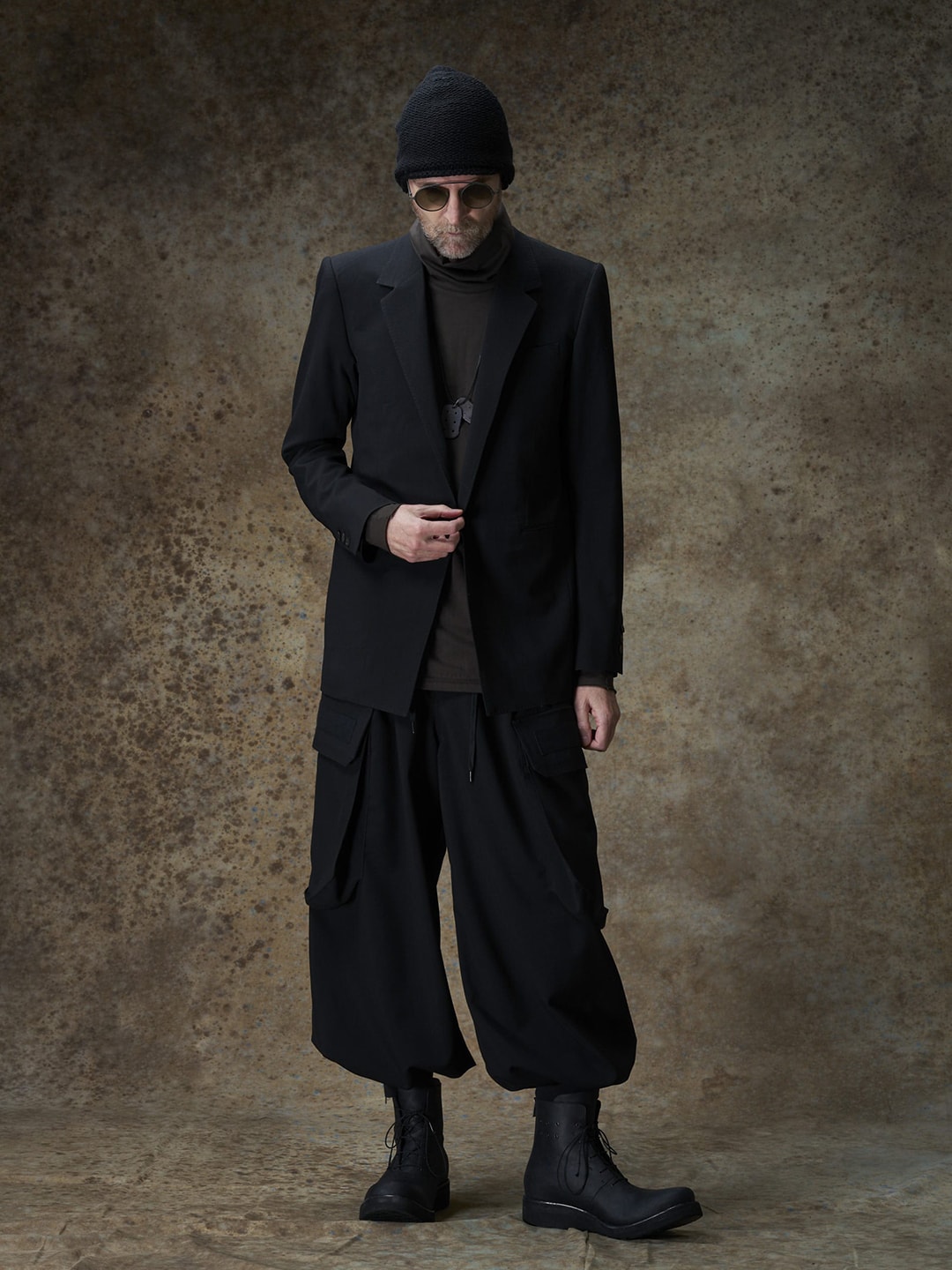
So the value resides precisely in what doesn’t assert itself.
Exactly. Still, once you put it on and compare it with other clothes, I’m certain the feeling of “it’s completely different” will come through.
And that value cannot be completed by the maker alone.
Yes. A garment by itself is in an unfinished state; only when it becomes one with the customer’s behavior, posture, and expression does it finally become complete.
The final element is entrusted to the wearer.
Yes. When you put on a good garment, sometimes your posture unconsciously changes in front of the mirror. I think that’s an instinctive search for a way to look better. We want DEVOA to help create clothes that naturally lead to that feeling for our customers.
Stories embedded in the materials
Your approach to making always involves new challenges. How do you personally view those “challenges”?
Challenging things are done as a matter of course each time, so it’s hard to say what was special. To me, that’s “ordinary.” It isn’t mentally harsh either — it’s just that things don’t always go ideally, as in any profession.
That standard of “ordinary” seems different from the general level. For instance, we heard that this season’s camouflage requires eight separate steps to complete a single panel.
Yes. That fabric is cut into 6-meter lengths from heavy bolts and processed by hand, taking more than half a year to complete. It was extremely challenging work for the processing factory. But given DEVOA’s price range, it’s natural for customers to expect something special. So whether it’s labor-intensive isn’t the issue.
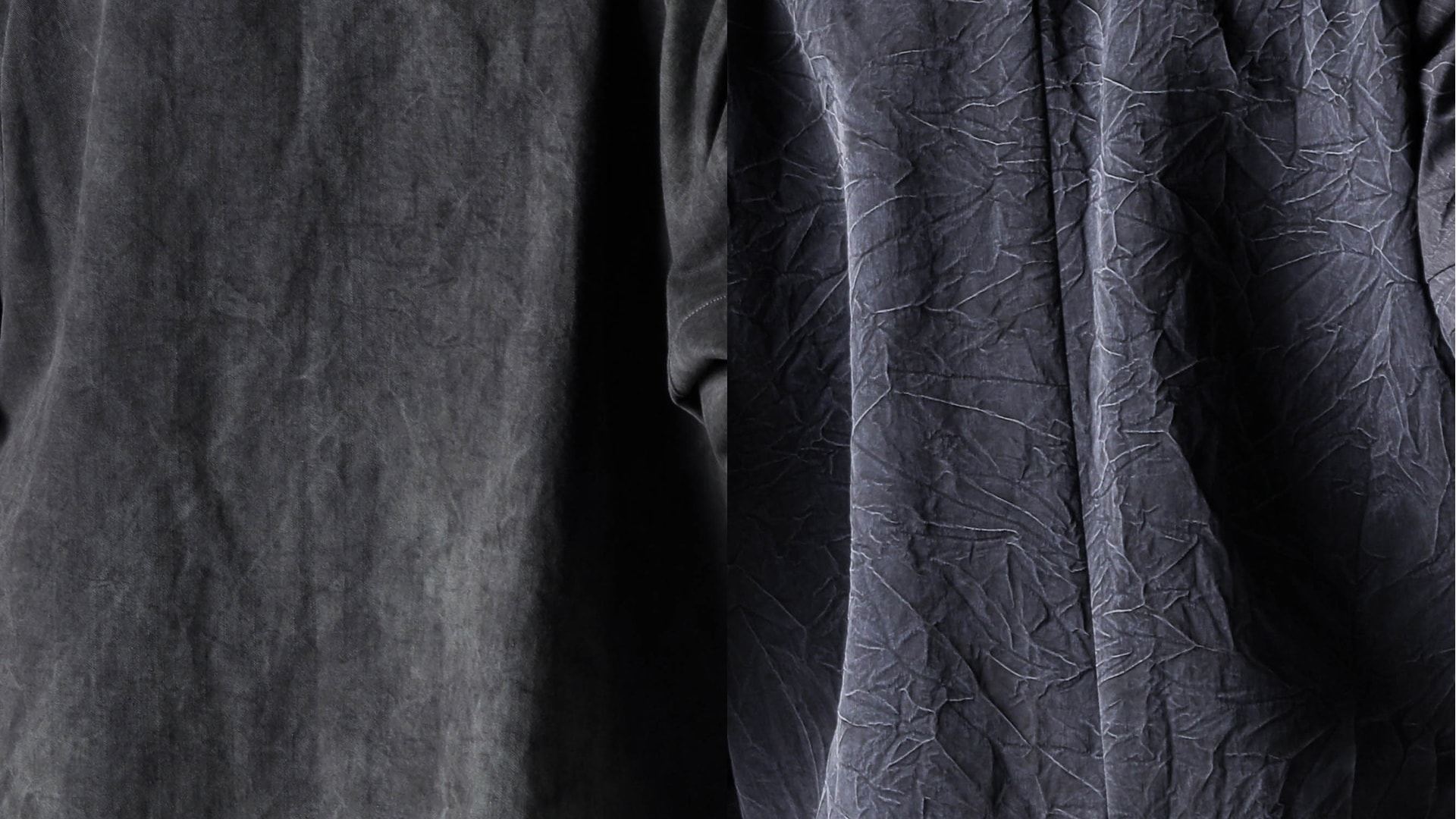
What drives you to choose the more difficult path?
When things don’t go as I wish, I don’t have the leeway to “enjoy” it. I simply think, “Why isn’t this working?” Perhaps I’m just particular. Still, I keep talking with the factories about how to realize what I’m aiming for. It was the same with the cashmere from Nepal.
Why Nepalese cashmere in the first place?
The local raw material is, in a good sense, not “refined” to a razor edge. You could call it “wild cashmere,” and that quality appealed to me.
That “wildness” must have made the business side difficult.
Yes — so difficult I thought, “I never want to take this on again.” Local business practices are unique; delivery timelines are completely unpredictable. It was a project we approached with serious resolve, and the risks were very high. Even so, I wasn’t satisfied with the quality of the first sample yarns and negotiated persistently. In the end, we achieved the quality we were aiming for.
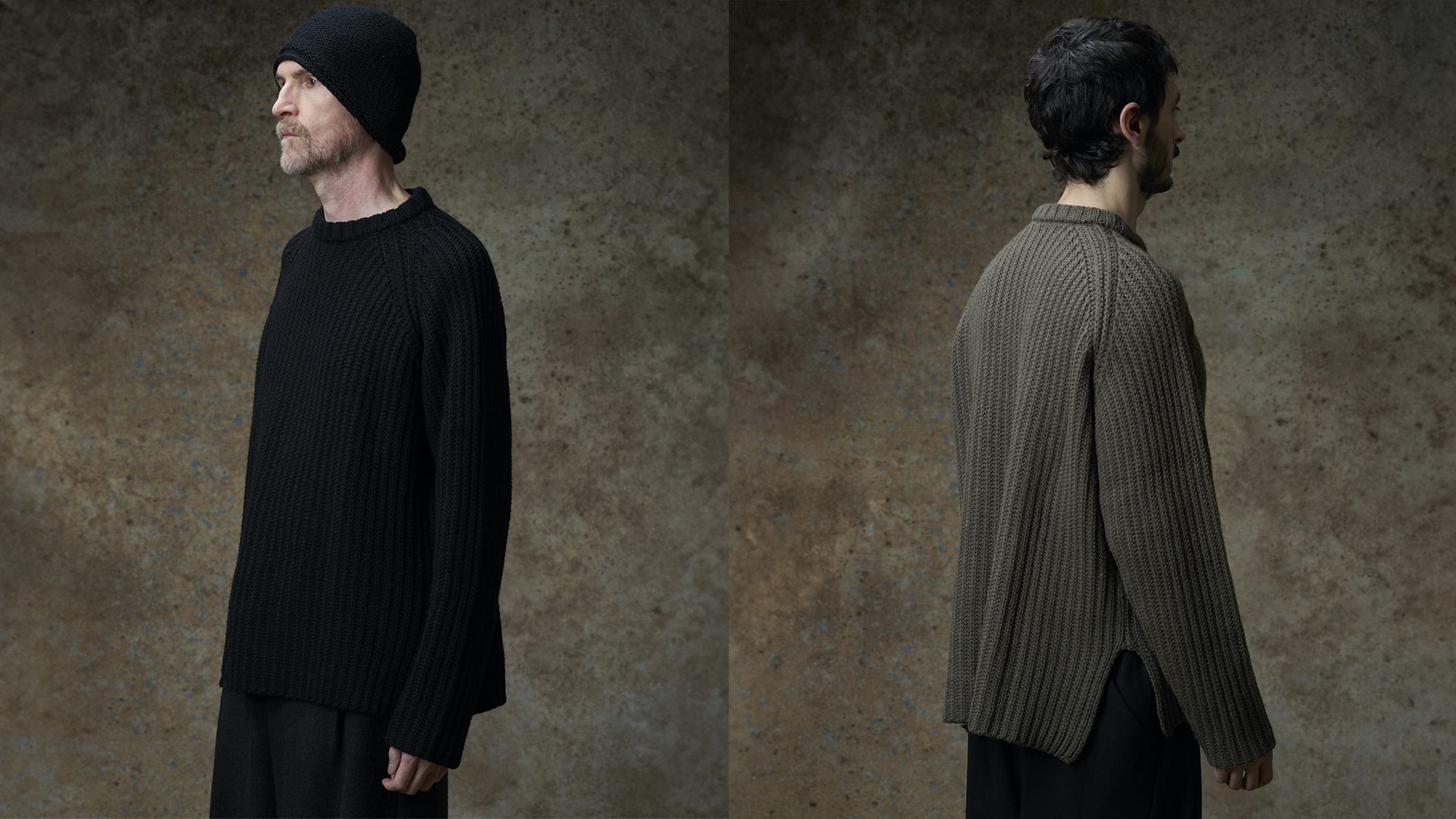
That spirit of inquiry is the driving force behind DEVOA’s special fabrics.
Perhaps. Interestingly, not getting my way can sometimes lead to better results.
How so?
Take our work with Faliero Sarti in Italy. Unlike Japanese artisans, they exceed expectations in a good way. When we present a blueprint and ask them to knit in a certain structure, the result can be more wonderful than we imagined.
The charm of planned dissonance.
Yes. Sometimes miraculous outcomes appear — “it’s not what we intended, but this is far cooler.” That’s why creation is not straightforward, and that’s what makes it interesting. I especially built a wonderful relationship with the late second-generation Roberto. While I was there, I visited his home almost daily.
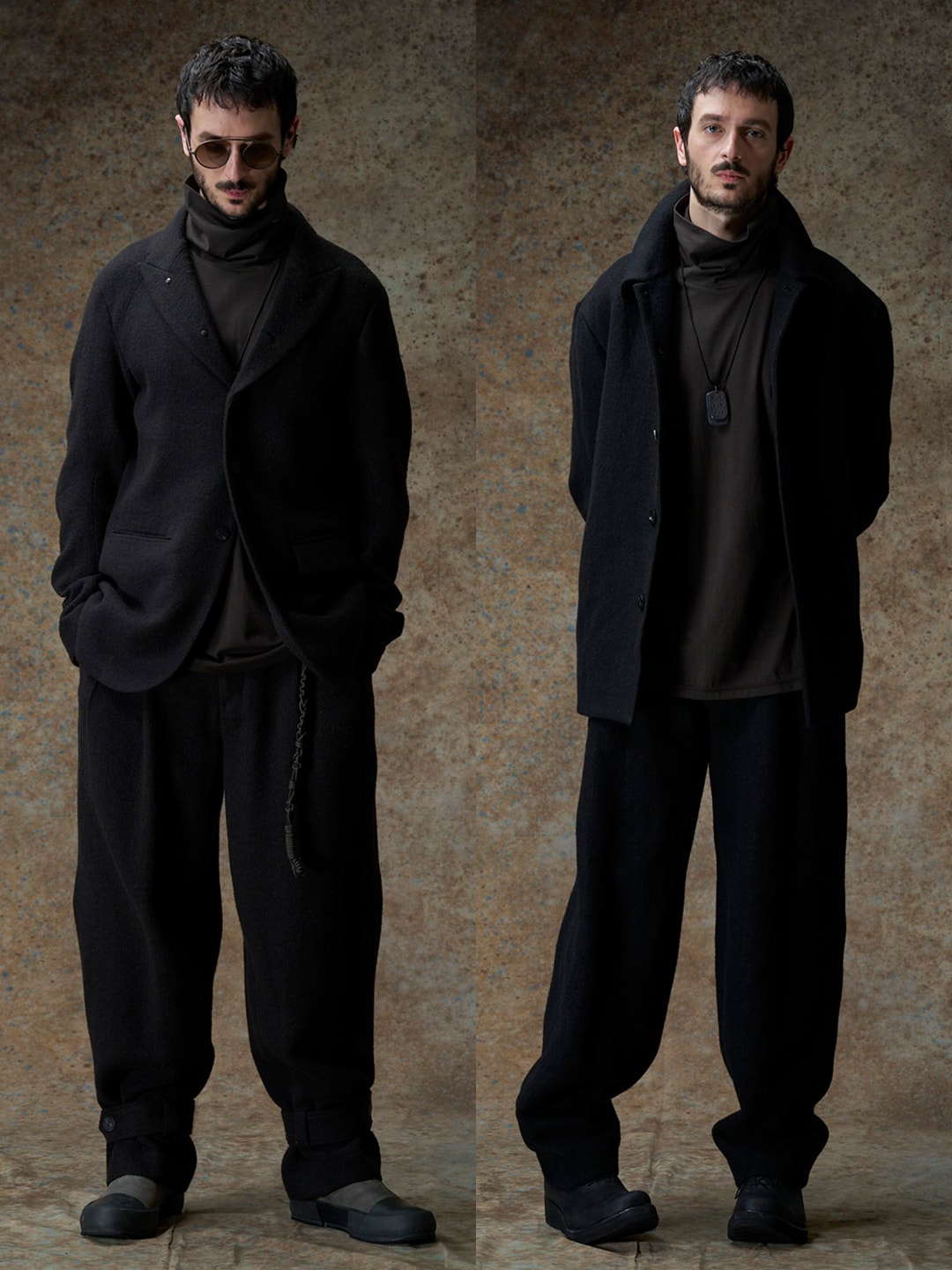
So there was a deep personal connection as well.
Yes. I was truly saddened to hear of his passing. It’s now difficult to proceed while consulting in the same way, but the team he left behind is excellent. I want to continue believing in the miracles that can arise between us and keep creating.
Designing the “space” between body and garment
How do pattern and design interact? DEVOA’s patterns seem to be honed ever simpler.
Exactly. That’s precisely what we’re working on. Overseas buyers still ask for “the more three-dimensional expression like before,” but what I’m pursuing now is quite different. Because we could do that in the past, I’m now challenging something more difficult — to further refine it.
Does that refined pattern make its complexity harder to perceive at a glance?
That’s right. Its true value becomes clear only when you put it on without preconceptions. If you compare it with other garments, I’m certain the overwhelming difference in comfort will be felt.
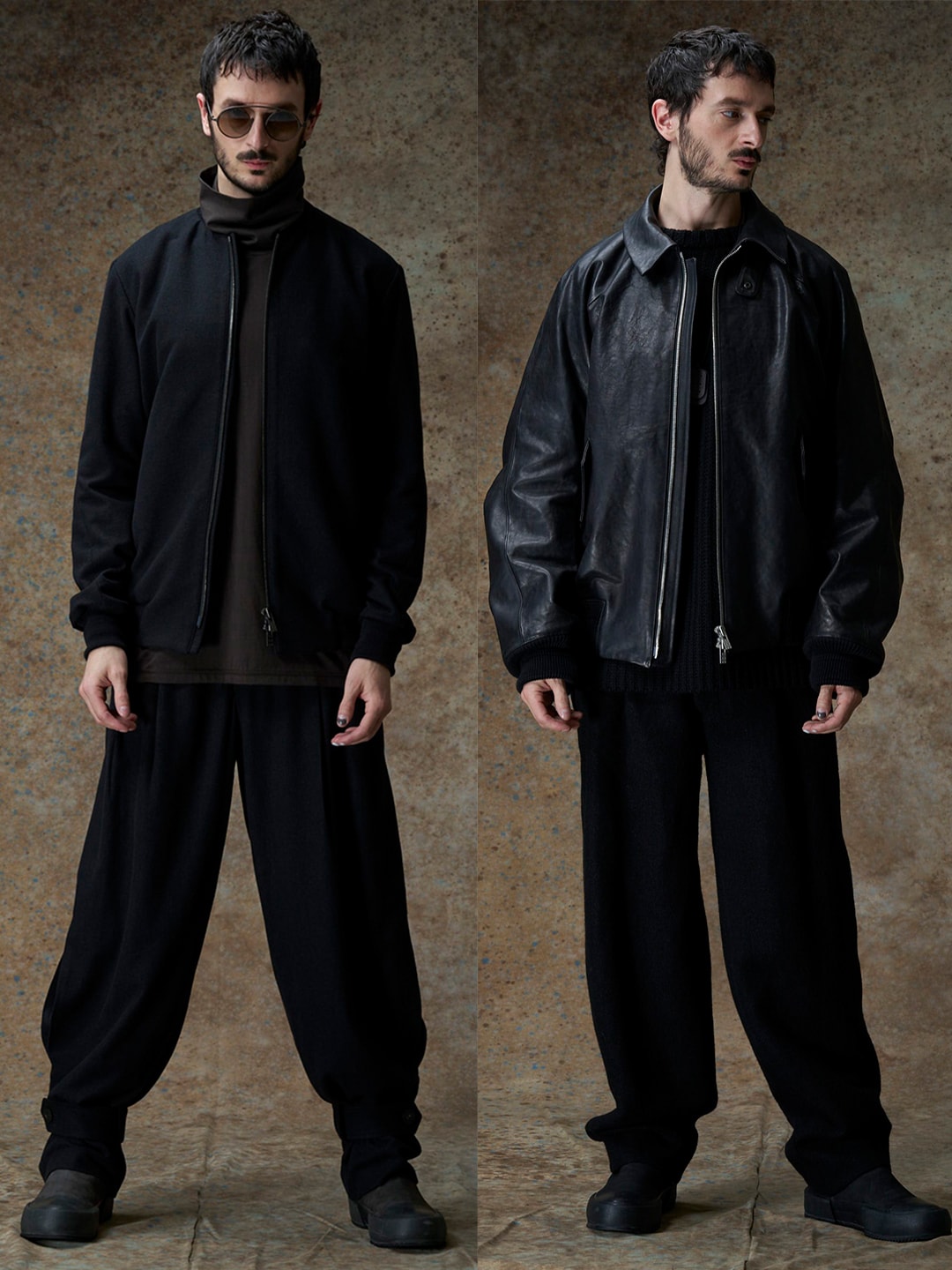
That challenge leads to DEVOA’s unique silhouette — especially the way you create the “space” between body and garment.
Yes. For me, the greatest meaning of that “space” is to change the balance of the core so the wearer appears more beautiful. Sometimes when people try on our clothes, their posture unconsciously improves — that’s the intention behind this “space.”
Lately the way you create that “space” itself seems to be changing.
You notice well. Right now I’m taking on a new sense of fit that blends areas with larger space and areas that fit the body closely within a single garment.

There’s no end to that challenge, is there?
None. Each season is like presenting “interim research results” for me. There is no final form. Rather, I break what I made and think, “Wouldn’t it be more interesting if I did this?” It’s a repetition of that cycle.
Function and aesthetic — and clothing as “handcraft”
Looking back on your explorations, was this season’s theme “AESTHETICISM” about finding a new definition of beauty, or about continually exploring what beauty is?
The latter. For me, making is always about pursuing aesthetics from my own viewpoint. Continuity and evolution are synonymous in my mind.

Is the idea of “continuity and evolution” itself the core of this season’s theme?
Exactly. Clothing is a handcraft made by many hands. The maker’s emotions, for better or worse, inevitably dwell in the product. While always aware of that, how do we make what is “not ordinary” into our “ordinary”? That very thinking and process is my AESTHETICISM.
How do “beauty” and “function” connect within that philosophy?
They never fail to connect. I always learn from the functional beauty of military wear and specialized uniforms. Meaningful ornamentation and details always contain both beauty and function.
How is that philosophy expressed concretely in DEVOA’s clothing?
For example, the position and angle of pockets, the depth of the pocket bag — that your hand slips in without resistance, or that items don’t fall out even when you sit in a deep chair. For me, that kind of functional correctness and beauty are exactly the same thing.
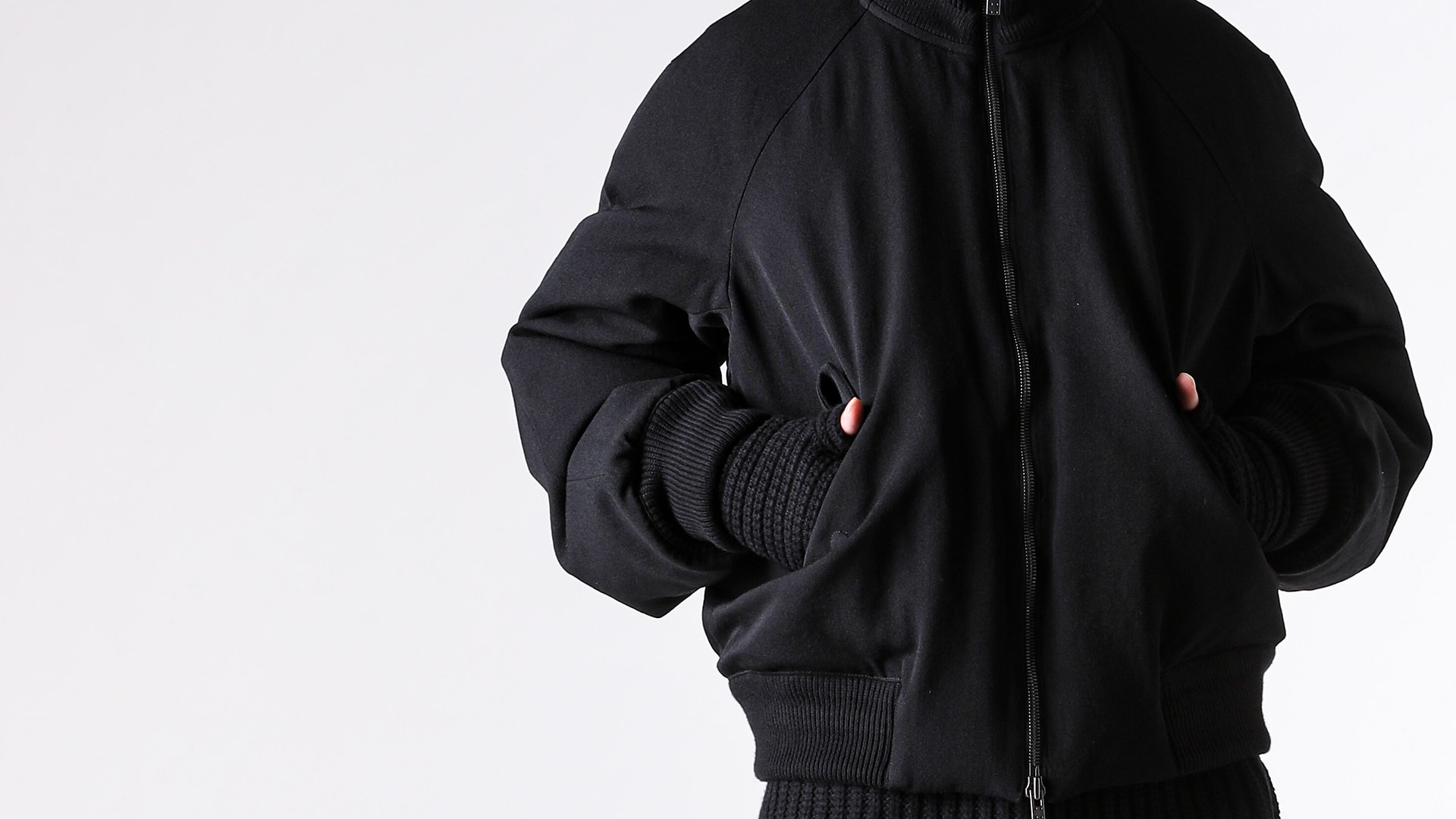
Is the sensibility different between clothing design and your personal art practice?
Completely different. Art can be controlled in my own hands. Clothing involves people who make fabric, sew, draft patterns — many different contributors — so there are many uncontrollable aspects. That’s the difficulty and the charm.
After all these explorations, what “conviction” do you still hold unchanged?
In the end, perhaps it’s that I can only make what I truly want and think is cool. And that standard is constantly being updated within me. That’s what making is.
What lies beyond the quest — and gratitude to our customers
From everything we’ve discussed, it feels like “AESTHETICISM” is less for the brand and more the result of your personal quest.
Not only this time — it’s always that way. It’s my personal exploration. But more than whether my ideas are conveyed, I hope my clothes can influence even a little the wearer’s better actions and thoughts. Above all, that the wearer looks wonderful — that’s the most important thing.

What changes or realizations has this collection brought you?
Through art-making, encountering various cultures and sensibilities around the world, I feel my expression is constantly changing. As I age, my aesthetic sense changes, and I experience more deeply the difficulty of “simplicity.” I want to keep enjoying each collection while continuing to take on challenges.
Lastly, is there anything you’d like to say to the readers of this article?
I simply want to express my gratitude. Your presence is always the driving force in my heart. People are creatures of the heart — mysterious, aren’t we? A little thing can lift us up or trouble us. Perhaps there is no such thing as innovation that never changes. Still, we believe in ourselves and live each day. That’s how I feel. Thank you, always.
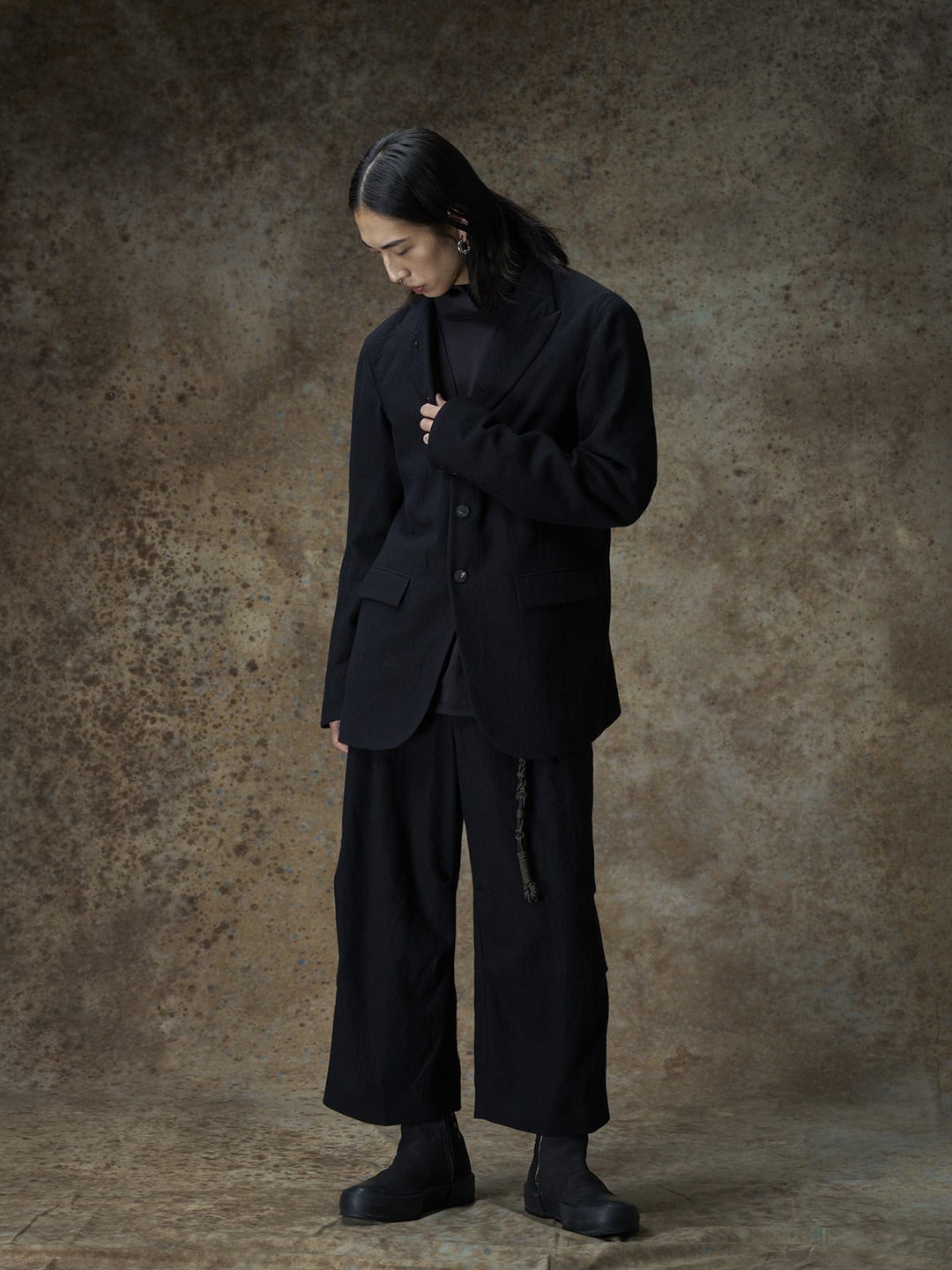
About the author
Interviewer & Text: Morisaki